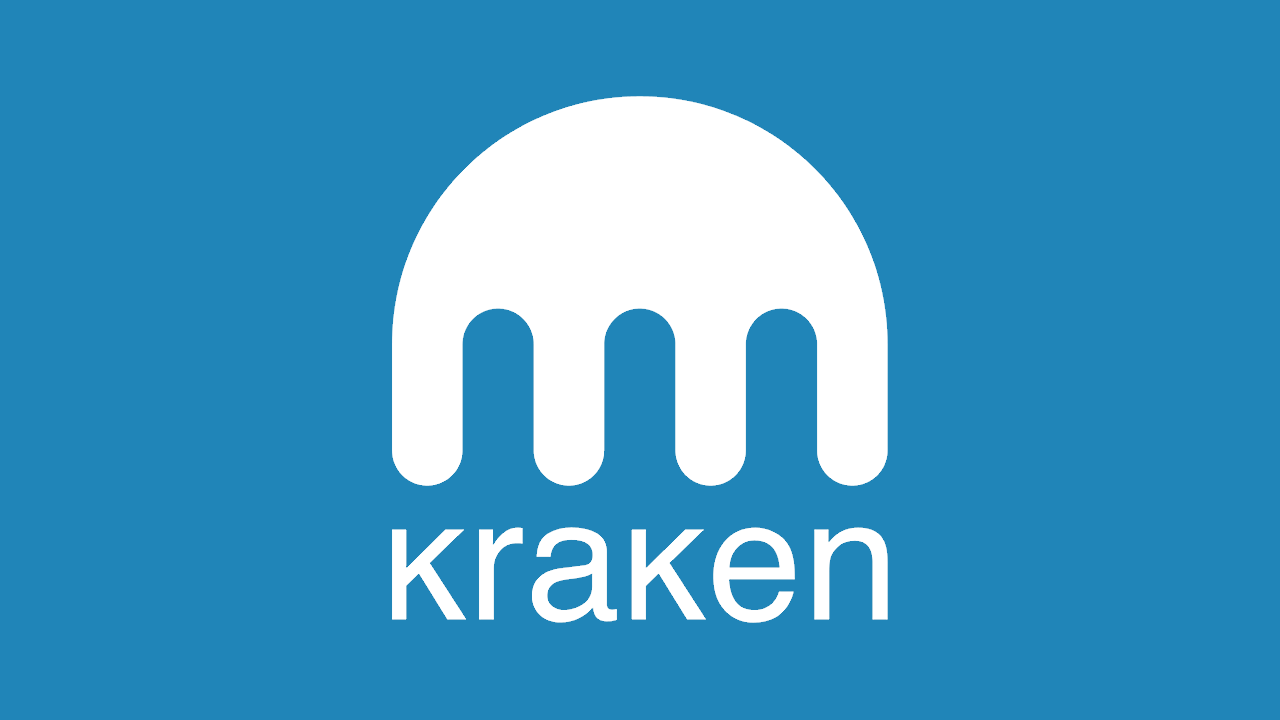Top Crypto Exchange Kraken Revives Staking in the U.S.
31.01.2025 10:00 1 min. read Alexander Zdravkov
Kraken has reinstated crypto staking for U.S. users, marking a significant comeback after regulators forced the exchange to discontinue its previous program two years ago.
The new service allows customers in 37 states and two territories to stake 17 different cryptocurrencies directly on-chain, offering an alternative to centralized staking models that previously drew regulatory scrutiny.
Users can now stake assets such as Ethereum (ETH), Solana (SOL), and Cosmos (ATOM), along with 14 other Proof-of-Stake tokens. Kraken’s Global Head of Consumers, Mark Greenberg, described the relaunch as a major step forward for both the company and the broader U.S. crypto ecosystem.
He emphasized that the new staking program not only enables customers to earn rewards but also contributes to the security and functionality of blockchain networks.
This move comes after Kraken reached a $30 million settlement with the SEC in 2022, which led to the shutdown of its initial staking service. At the time, the regulator argued that the program constituted an unregistered securities offering.
Kraken’s latest iteration aims to comply with existing regulations while restoring staking opportunities for U.S. customers. By reintroducing the service in a modified form, the exchange is positioning itself as a leader in regulatory-compliant staking solutions.
-
1
Binance to Launch 2 New Contracts with 50x Leverage: Everything You Need to Know
10.07.2025 12:00 2 min. read -
2
Standard Chartered Becomes First Global Bank to Launch Bitcoin and Ethereum Spot Trading
15.07.2025 11:00 1 min. read -
3
ProShares Ultra XRP ETF Gets Green Light from NYSE Arca
15.07.2025 19:00 2 min. read -
4
BNB Chain Upgrades and Token Delistings Reshape Binance Ecosystem
16.07.2025 22:00 2 min. read -
5
Dogecoin Price Prediction: DOGE Volumes Nearly Double – Can It Get to $1 In This Cycle?
18.07.2025 20:10 3 min. read
Ethereum Spot ETFs Dwarf Bitcoin with $1.85B Inflows: Utility Season in Full Swing
Ethereum is rapidly emerging as the institutional favorite, with new ETF inflow data suggesting a seismic shift in investor focus away from Bitcoin.
Ethereum 2025 Mirrors 2017 Breakout—But With Wall Street Fueling the Surge
Ethereum (ETH) appears to be entering a breakout phase eerily reminiscent of its historic 2017 rally—but this time, the move is backed by deep institutional support and ETF inflows.
SUI Price Breaks Key Resistance as BTCFi Vision Gains Traction
SUI, the native token of the Sui blockchain, is drawing attention following a major breakout on the charts—driven by surging total value locked (TVL) and growing anticipation around Bitcoin-native decentralized finance (BTCFi) infrastructure.
Tom Lee Reveals What Makek Ethereum His Top Bet
Tom Lee, managing partner and head of research at Fundstrat Global Advisors, recently outlined his bullish stance on Ethereum, linking it directly to the rapid growth of the stablecoin sector.
-
1
Binance to Launch 2 New Contracts with 50x Leverage: Everything You Need to Know
10.07.2025 12:00 2 min. read -
2
Standard Chartered Becomes First Global Bank to Launch Bitcoin and Ethereum Spot Trading
15.07.2025 11:00 1 min. read -
3
ProShares Ultra XRP ETF Gets Green Light from NYSE Arca
15.07.2025 19:00 2 min. read -
4
BNB Chain Upgrades and Token Delistings Reshape Binance Ecosystem
16.07.2025 22:00 2 min. read -
5
Dogecoin Price Prediction: DOGE Volumes Nearly Double – Can It Get to $1 In This Cycle?
18.07.2025 20:10 3 min. read


